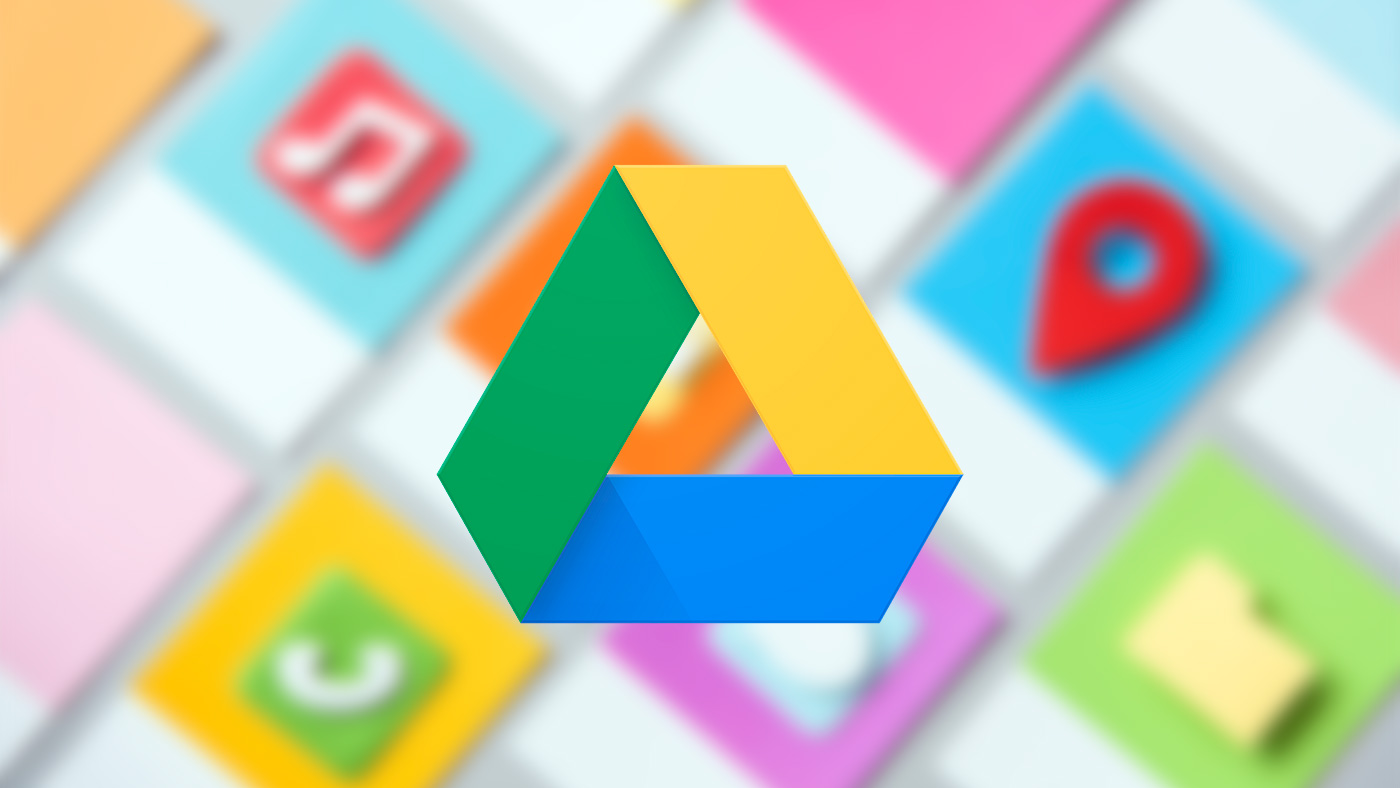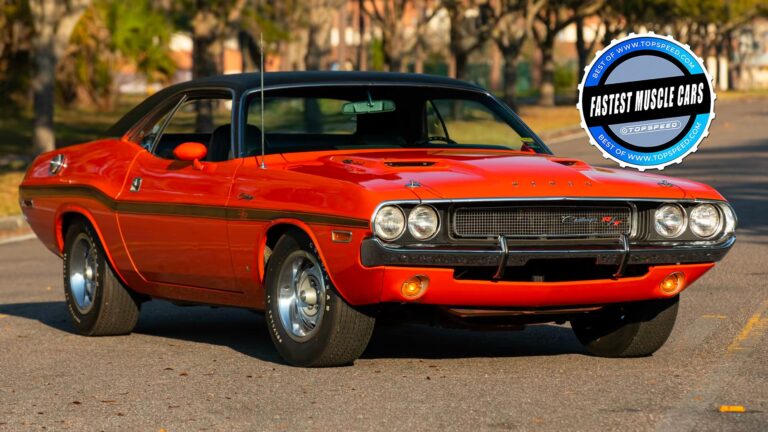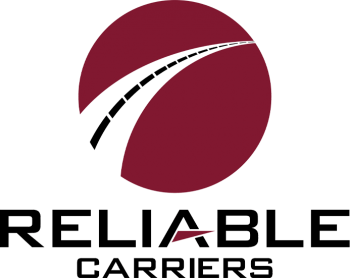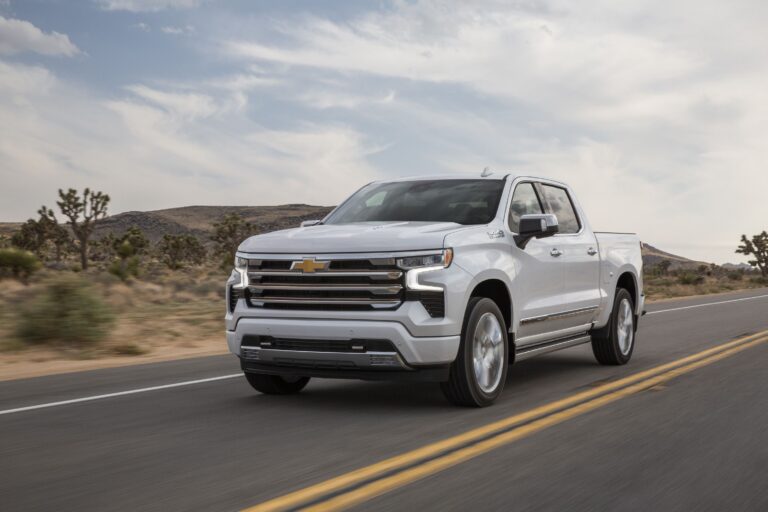Drive A Brand New Car For Free: Unlocking the Secrets to Cost-Free Motoring
Drive A Brand New Car For Free: Unlocking the Secrets to Cost-Free Motoring cars.truckstrend.com
In an era where the cost of living continues to climb, and car ownership represents one of the most significant financial burdens for many, the phrase "Drive A Brand New Car For Free" might sound like a far-fetched dream, a clickbait headline, or even a scam. However, while it’s crucial to approach such claims with a healthy dose of skepticism, the reality is that with strategic planning, a bit of effort, and an understanding of niche opportunities, it is indeed possible to significantly reduce, or even entirely eliminate, the traditional costs associated with owning and driving a brand new vehicle.
This comprehensive guide aims to demystify the concept of "free" car ownership. It’s not about finding a magic lamp or winning an improbable lottery (though that’s one route!). Instead, it’s about leveraging legitimate, albeit often specialized, avenues that allow you to offset the acquisition, running, and maintenance costs of a vehicle to the point where your out-of-pocket expenses are negligible, or even zero. We will explore the various pathways to achieving this seemingly impossible feat, delve into the mechanics of each, highlight the benefits, expose the potential pitfalls, and arm you with the practical advice needed to navigate this exciting landscape.
Drive A Brand New Car For Free: Unlocking the Secrets to Cost-Free Motoring
Understanding the "Free" Concept: Dispelling Myths and Embracing Reality
Before diving into the specifics, it’s vital to define what "free" truly means in this context. It rarely implies a vehicle magically appearing in your driveway with no strings attached. Instead, "free" typically refers to one of the following scenarios:
- Cost Offset: A third party (e.g., an advertiser, an employer) covers the majority or all of your car-related expenses (payments, insurance, maintenance, fuel) in exchange for a service or benefit.
- Income Generation: You use the car to generate enough income (e.g., through ride-sharing, deliveries) to completely cover its costs, effectively making it "free" to you.
- One-Off Acquisition: Winning a car through a contest or sweepstakes, where the initial acquisition cost is zero, though ongoing running costs may still apply.
The goal here is to empower you to find a scenario where the financial burden of a new car is lifted from your shoulders, allowing you to enjoy the benefits of modern mobility without the associated price tag.

Legitimate Avenues to "Free" Car Ownership
Several distinct paths can lead you toward driving a brand new car for free. Each has its unique requirements, benefits, and challenges.
1. Car Advertising Wraps & Sponsorships
This is perhaps the most direct and widely recognized method for significantly offsetting car costs. Companies, ranging from local businesses to national brands, pay drivers to display their advertisements on their vehicles.
- How it Works: You apply to a company that facilitates these sponsorships. If approved, your car gets a partial or full vinyl wrap displaying the advertiser’s branding. In exchange, the company provides a monthly payment, which can often cover your car payment, insurance, and even some fuel costs. Some programs even provide the car itself.
- Benefits:
- No Car Payments: The most attractive benefit, as your monthly payment is covered.
- Reduced Running Costs: Some contracts may include fuel cards, maintenance allowances, or even insurance.
- New Car Experience: You get to drive a new vehicle, often for a defined contract period (e.g., 1-3 years).
- Flexibility: You drive your own car on your own schedule, within specified mileage parameters.

- Challenges:
- Aesthetics: Your car will be a mobile billboard, which may not suit everyone’s taste.
- Mileage Requirements: You’ll typically need to drive a minimum number of miles per month, often in specific areas.
- Limited Car Choice: The sponsoring company might specify the type or size of car required, or even provide a new one for you.
- Scams: Be wary of companies asking for upfront fees. Reputable companies pay you.
- Contractual Obligations: Strict terms regarding appearance, maintenance of the wrap, and driving habits.

2. Company Cars and Fleet Vehicles
For many professionals, a company car is a standard perk or a necessity for their role. While not truly "your" car, it’s a brand new vehicle you drive for free.
- How it Works: Your employer provides a vehicle for business use. Depending on the company policy and your role, this might include personal use as well. All associated costs—purchase/lease, insurance, maintenance, and often fuel—are borne by the company.
- Benefits:
- Zero Personal Cost: No car payment, no insurance premiums, no maintenance bills, no fuel expenses (if fully covered).
- Professional Image: Often, these are well-maintained, newer models that project a positive image.
- Convenience: Ready access to transportation for work and sometimes personal needs.
- Challenges:
- Job Dependency: Your access to the car is tied directly to your employment.
- Limited Personal Use: Some companies strictly limit personal use or charge for it.
- Car Choice: You have no say in the make or model.
- Tax Implications: The personal use of a company car is often considered a taxable fringe benefit.
3. Ride-Sharing and Delivery Platforms (Offsetting Costs to Zero)
While you initially purchase the car, using it to generate income through platforms like Uber, Lyft, DoorDash, or Instacart can effectively make its ownership "free" by covering all expenses and potentially generating profit.
- How it Works: You use your brand new car to provide transportation or delivery services. The income you earn from fares and tips can be substantial enough to cover your car loan, insurance, fuel, maintenance, and depreciation.
- Benefits:
- Income Generation: Direct income stream that you control.
- Flexible Hours: Work when you want, for as long as you want.
- Ownership: The car is yours, with no advertising wraps or employer restrictions (beyond platform guidelines).
- Challenges:
- Significant Driving: Requires substantial mileage, leading to faster wear and tear.
- Fuel & Maintenance Costs: You are initially responsible for these, though the income should cover them.
- Specialized Insurance: Standard personal auto insurance may not cover commercial use.
- Self-Employment Taxes: You’ll be responsible for paying self-employment taxes on your earnings.
- Market Fluctuations: Income can vary based on demand, time of day, and location.
4. Contests, Sweepstakes, and Giveaways
The dream scenario for many: winning a brand new car outright. While the odds are astronomically low, it does happen.
- How it Works: Enter legitimate contests, sweepstakes, or raffles organized by car manufacturers, dealerships, or large corporations as part of promotional campaigns.
- Benefits:
- 100% Free Acquisition: No upfront cost for the vehicle.
- Brand New Car: You get to drive a factory-fresh vehicle.
- Challenges:
- Extremely Low Odds: This is essentially a lottery, with millions of entries for a single prize.
- Tax Liability: The fair market value of the car is considered taxable income, meaning you’ll need to pay taxes on its value. This is a significant "hidden" cost.
- Ongoing Costs: You’ll still be responsible for insurance, fuel, maintenance, and registration.
5. Niche Vehicle-as-a-Service (VaaS) or Subscription Models (with specific conditions)
While most car subscription services come with a monthly fee, some niche programs or limited-time promotions might offer initial free periods or specific conditions that effectively provide a "free" period of use. This is less common for "brand new" cars for extended periods but worth mentioning for short-term opportunities.
- How it Works: Some innovative mobility companies or even dealerships might offer introductory periods or specific packages where a vehicle is provided at no cost under certain experimental or promotional terms. This is rare and highly conditional.
How to Get Started: A Step-by-Step Guide
If you’re serious about pursuing one of these avenues, here’s a general roadmap:
- Research Thoroughly: For car wraps, identify reputable companies (e.g., Wrapify, Carvertise, FreeCarMedia). For company cars, research employers in your field that offer this perk. For ride-sharing, understand the platform requirements.
- Assess Eligibility: Check age, driving record, location, and vehicle requirements (for wraps/ride-sharing). For company cars, evaluate your career path and target roles.
- Prepare Your Application/Profile: Maintain a clean driving record, ensure your vehicle (if applicable) meets standards, and craft a professional resume for employment.
- Understand the Contract/Terms: This is CRUCIAL. Read every line of a car wrap contract, employment agreement, or platform’s terms of service. Pay attention to mileage requirements, maintenance responsibilities, insurance coverage, contract length, and termination clauses.
- Consider Tax Implications: Consult a tax professional. Income from car wraps, the value of a company car’s personal use, and prize winnings are all taxable.
- Maintain Diligence: For wraps, keep your car clean and follow instructions. For ride-sharing, provide excellent service. For company cars, uphold professional standards.
Important Considerations & Potential Challenges
- Taxation: This is the most overlooked "hidden cost." A "free" car or "free" payments are often considered taxable income or a fringe benefit. You will likely owe taxes on the value received.
- Insurance: Clarify who is responsible for insurance coverage. For wraps, some companies provide it; others require you to inform your insurer. For ride-sharing, you’ll need commercial or ride-share specific insurance.
- Maintenance & Repairs: Understand who covers routine maintenance and unexpected repairs.
- Aesthetics & Privacy: Living with a wrapped car means your vehicle is always promoting a brand.
- Mileage & Driving Habits: You might be required to drive a certain number of miles or adhere to specific routes/driving times.
- Contractual Lock-in: Sponsorships and employment contracts can tie you down for a period. Early termination can incur penalties.
- Availability & Competition: These opportunities are not universally available and can be highly competitive.
Maximizing Your Chances & Tips for Success
- Maintain an Impeccable Driving Record: This is a prerequisite for most "free" car programs.
- Be Flexible: If pursuing car wraps, be open to different advertisers or car types.
- Network and Search Broadly: Explore various platforms, job boards, and local businesses.
- Be Realistic: Understand that "free" often comes with commitments, trade-offs, or low odds.
- Budget for Taxes: Set aside a portion of any income or value received to cover potential tax liabilities.
- Read the Fine Print: Never sign a contract without fully understanding its implications.
- Consider a Hybrid Approach: You might not get everything for free, but significant cost reduction is highly achievable.
Value Proposition and Commitment Table
Instead of a "price," this table outlines the value gained and the commitments required for each method of driving a brand new car for free.
| Method | Value Proposition (What You Gain) | Commitment/Considerations (What’s Required) |
|---|---|---|
| Car Sponsorship/Wraps | High Value: Brand new car access, no car payments, often includes insurance/maintenance. | Medium Commitment: Specific mileage, visible ads, contract terms, potential tax liability, driving record. |
| Company Car/Fleet Vehicle | High Value: Zero personal ownership costs (payments, insurance, fuel, maintenance). | High Commitment: Employment dependency, limited personal use, car choice restricted, potential fringe benefit tax. |
| Ride-Sharing/Delivery Driver | Medium Value: Income to cover all car costs, potential profit, flexible work. | High Commitment: Significant driving, wear & tear, self-employment taxes, commercial insurance, active work. |
| Contests/Sweepstakes | Very High Value: 100% free car acquisition. | Very Low Probability: Extremely low odds of winning, time to enter, significant tax on prize value. |
| Niche VaaS/Subscription (Conditional) | Medium Value (Short-Term): Temporary free use, flexibility. | High Conditionality: Very specific terms, limited availability, usually not long-term "free." |
Concluding Summary
The dream of driving a brand new car for free is not a complete fantasy. While it requires a departure from traditional car ownership models and an understanding of the nuanced definition of "free," several legitimate pathways exist. Whether through advertising sponsorships that turn your vehicle into a mobile billboard, the perks of a company car provided by your employer, or the entrepreneurial spirit of using your vehicle to generate income, the common thread is a strategic exchange of value.
Achieving this requires thorough research, careful consideration of the trade-offs involved (such as aesthetics, mileage requirements, or job dependency), and a keen awareness of potential tax implications. It’s about being a savvy consumer, leveraging innovative business models, and embracing opportunities that challenge the conventional wisdom of car ownership. By understanding these avenues and preparing diligently, you can indeed unlock the secret to experiencing the thrill of a brand new car without the burden of its typical costs.
Frequently Asked Questions (FAQ)
Q1: Is it truly possible to get a new car for free?
A1: Yes, in a qualified sense. It’s possible to have the acquisition cost and/or running costs (payments, insurance, fuel, maintenance) fully covered by a third party (e.g., advertiser, employer) or to generate enough income from the car to offset all its expenses. Winning a contest also results in a free acquisition.
Q2: What’s the "catch" with car wrap advertising programs?
A2: The main "catch" is that your car becomes a moving advertisement, which might affect its aesthetics and your privacy. You’ll also typically have mileage requirements, specific driving routes, and contractual obligations regarding the wrap’s condition. Be wary of companies that ask for upfront fees – legitimate ones pay you.
Q3: Do I pay taxes on a "free" car or "free" car payments?
A3: Yes, almost always. The value of a "free" car won in a contest, payments received for car wraps, or the personal use of a company car are generally considered taxable income by tax authorities. It’s crucial to consult a tax professional to understand your obligations.
Q4: How long can I drive a sponsored car?
A4: Contract lengths vary, but car advertising sponsorships typically last from 6 months to 3 years. After the contract, the wrap is removed, and you either sign a new contract, return the car (if provided), or continue owning it yourself.
Q5: Are there any risks involved in these programs?
A5: Yes. Risks include potential scams (especially with car wraps asking for money), contractual disputes, damage to your car during wrap installation/removal, and unexpected tax liabilities. For ride-sharing, risks include increased wear and tear and potential accidents. Always read contracts carefully.
Q6: Can anyone apply for these "free" car programs?
A6: Eligibility varies. For car wraps, requirements often include a clean driving record, a newer model car, and living in a specific geographic area with high traffic. For company cars, it’s tied to employment in roles that require a vehicle. Contest eligibility depends on the specific rules of the sweepstakes.
Q7: What happens if I don’t meet the mileage requirements for a sponsored car?
A7: Failing to meet mileage requirements can lead to a breach of contract. Depending on the agreement, you might face reduced payments, penalties, or even termination of the contract, potentially requiring you to repay funds or cover the cost of wrap removal.





